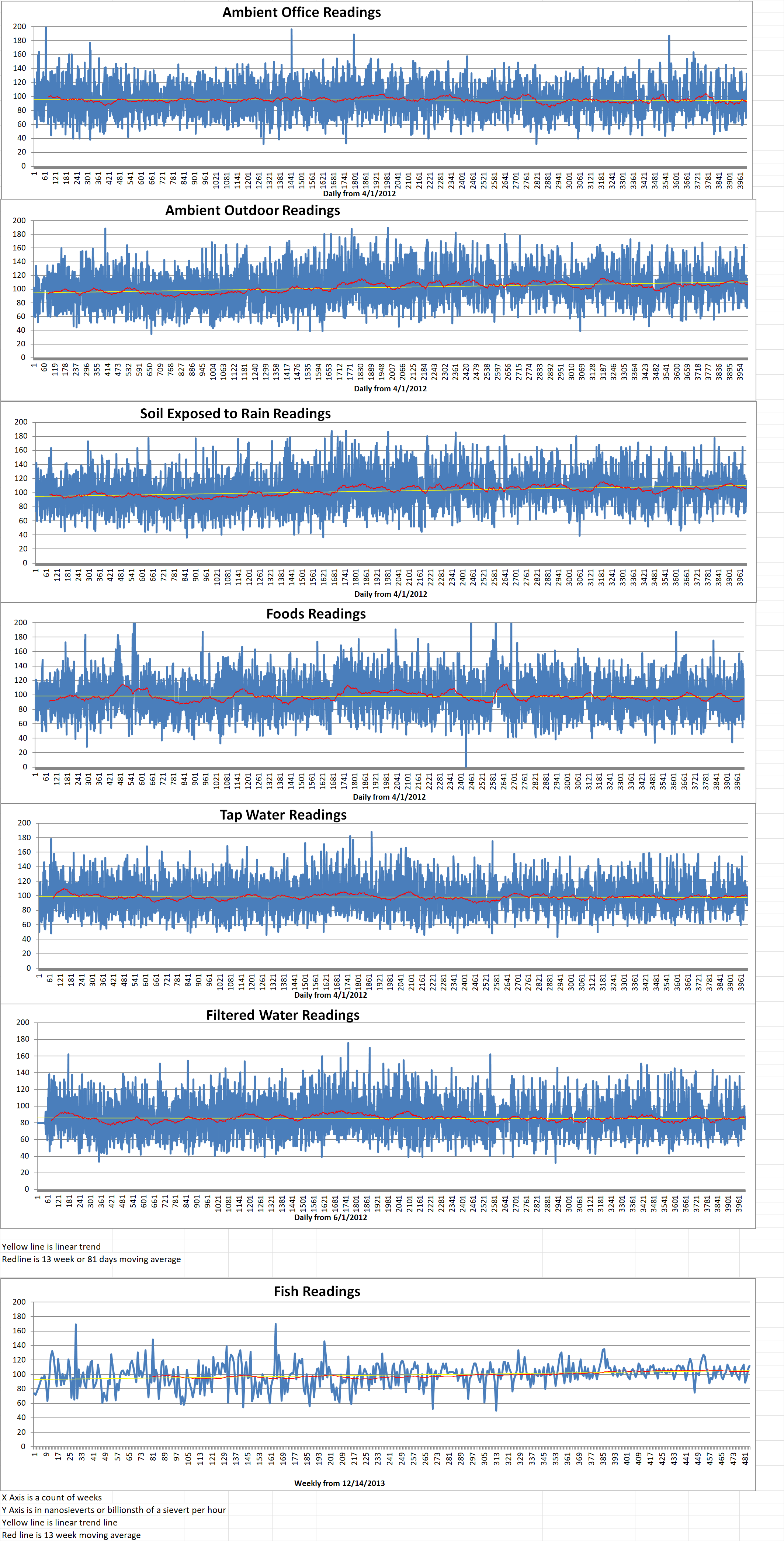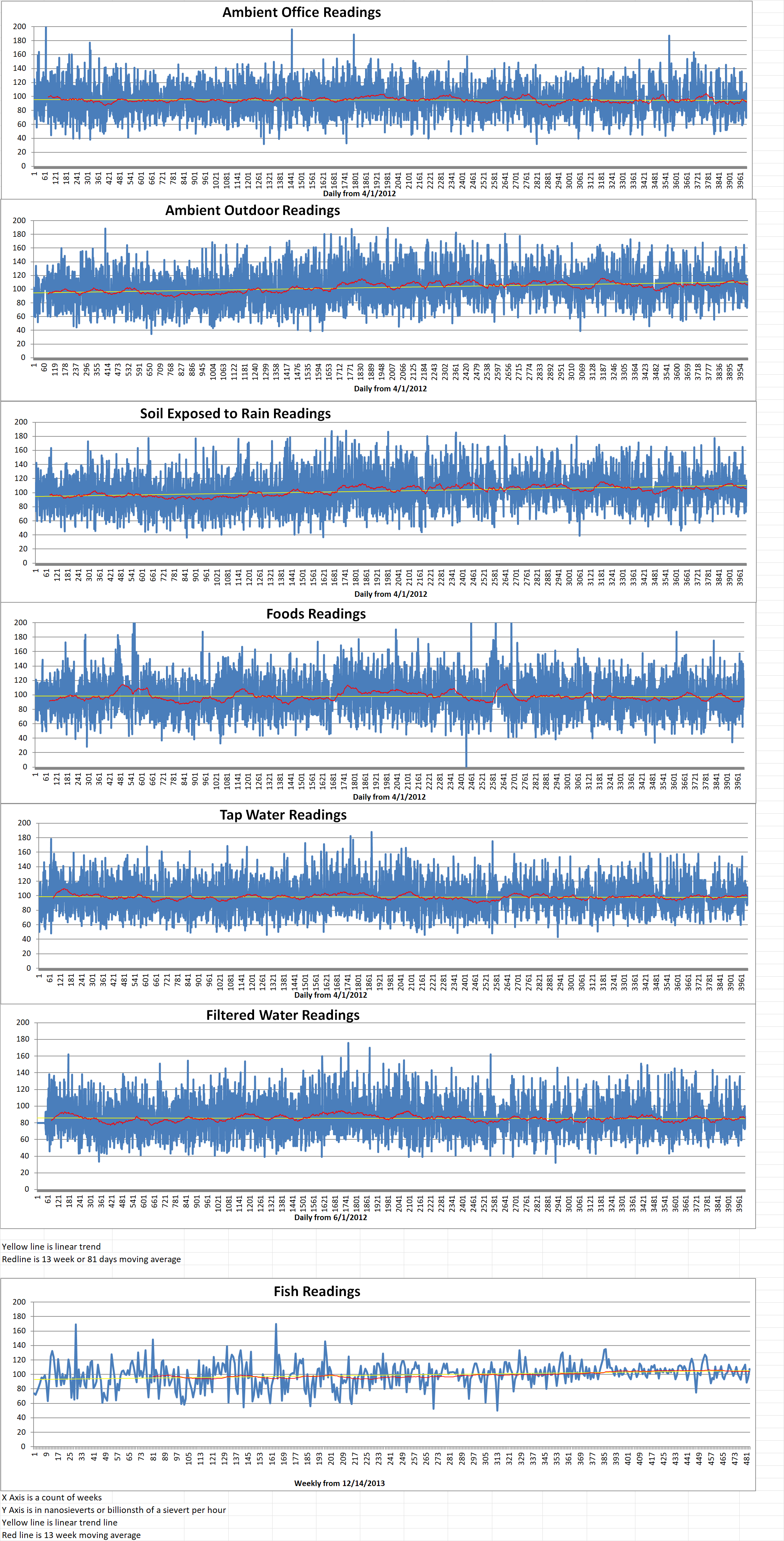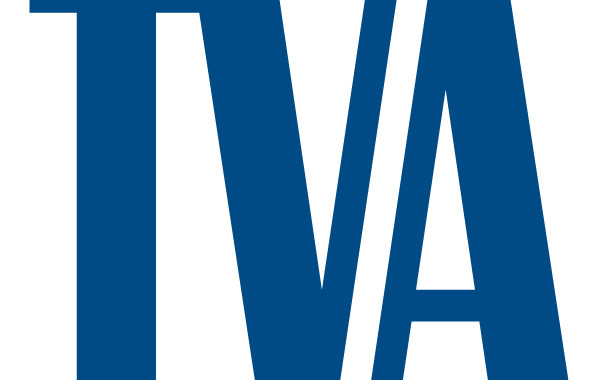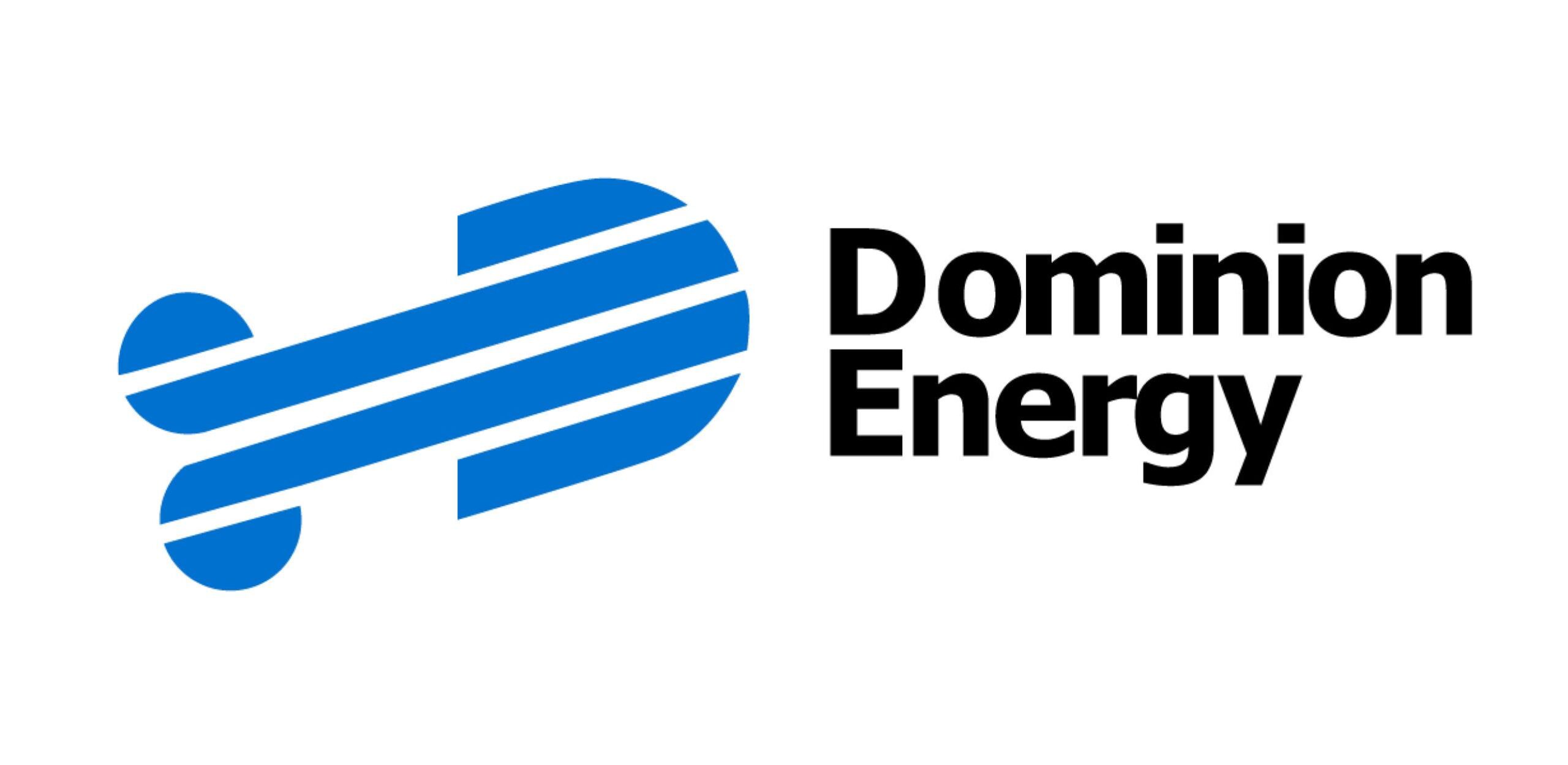Blog
-

Geiger Readings for June 10, 2023
Ambient office = 133 nanosieverts per hour
Ambient outside = 111 nanosieverts per hour
Soil exposed to rain water = 109 nanosieverts per hour
Roma tomato from Central Market = 66 nanosieverts per hour
Tap water = 100 nanosieverts per hour
Filter water = 87 nanosieverts per hour
Dover Sole from Central = 112 nanosieverts per hour
-

Nuclear Reactors 1234 – Current Small Modular Reactors Plans – Part 3 of 3 Parts
Part 3 of 3 Parts (Please read Parts 1 and 2 first)
Westinghouse is bullish enough on the SMR technology that it has announced plans to build a series of SMRs called AP300s. According to Reuters, the company “has had informal talks with parties in neighboring states Ohio and West Virginia about the potential building of AP300s at former coal plants.”
Romania intends to be the first nation in Europe to deploy an SMR. NuScale has now opened a simulator there in preparation.This is not a comprehensive list of every SMR proposal in the world. It is just a partial list to illustrate the current state of SMR development. SMR support is increasingly bipartisan. Senator Mark Warner, D-Virginia, is the chairman of the Senate Select Committee on Intelligence and Senator Marco Rubio, R-Florida, is the vice chairman. They recently held a roundtable discussion on SMRs. It is interesting to note that this discussion was triggered by national security concerns and not purely energy concerns. In a joint statement, the two Senators said, “China and Russia have recognized the potential of nuclear power and are investing heavily in their advanced reactors, while attempting to secure nuclear contracts all over the world. The United States must not let our adversaries monopolize the growing civil nuclear industry, set the safety standards around nuclear power, dominate the supply chains for such a critical source of energy, and/or attempt to use advanced reactor contracts to exert undue geopolitical and economic leverage.”
Not everyone is enthusiastic about SMRs. In Canada, Prime Minister Justin Trudeau’s Liberal Party government has helped fund the construction of the SMR that is underway in Ontario. However, he has also been criticized by those in his party for his support of nuclear power. The Toronto Star recently reported on some of the critic’s comments. Elizabeth May is the Green Party leader and a member of Parliament. She said, “It’s not based on evidence.” “Steven Guilbeault is the Canadian Environment Minister and a former environmental activist. He acknowledged that “he was opposed to nuclear energy but now believes it is needed to keep global warming to as close as possible to 1.5 C above pre-industrial temperatures.”
The debates in Canada are more advanced than such debates in the U.S. but mirror what will probably take place in the U.S. soon. One side says that the country needs more electricity and that nuclear power is the only way to produce it while the country is trying to reduce carbon emissions. They say that SMRs will be cheaper than conventional nuclear power plants. The other side says that nuclear power is far to expensive and far to dangerous. They add that SMRs in a commercial setting are unproven technology.
In Canada, the political momentum for SMRs is driven by a left-of-center government at the national level and right of center governments in some provinces. Alberta recently began formal explorations into SMRs and Saskatchewan has already selected two potential sites for an SMR. It may make a formal decision on one of them by the end of this year. -
Nuclear News Roundup June 09, 2023
Putin claims Moscow could use weapons with depleted uranium independent.co.uk
Nuclear states modernize their weapons, Chinese arsenal is growing abcnews.com
Lawmakers seek clearer picture of nuclear command and control c4isrnet.com
UN nuclear chief says large Ukraine atomic power plant held by Russia faces ‘dangerous situation’ apnews.com
-

Geiger Readings for June 09, 2023
Ambient office = 119 nanosieverts per hour
Ambient outside = 91 nanosieverts per hour
Soil exposed to rain water = 91 nanosieverts per hour
Red bell pepper from Central Market = 122 nanosieverts per hour
Tap water = 104 nanosieverts per hour
Filter water = 87 nanosieverts per hour
-

Nuclear Reactors 1233 – Current Small Modular Reactors Plans – Part 2 of 3 Parts
Part 2 of 3 Parts (Please read Part 1 first)
If Dominion proceeds with plans for an SMR, it will have to balance the enthusiasm of Southwest Virginia with the fact that it could simply site an SMR one of its existing nuclear facilities in North Anna and Surry. This would certainly be less expensive and raise fewer objections.
Historically, conservatives have been most interested in the deployment of nuclear power in the U.S. Currently, more Democrats have been embracing nuclear power, including the Biden administration. They see it as a way to replace fossil fuels on a larger scale than solar or wind. Criticisms of nuclear energy remain the high cost, the long time needed and the potential for horrible accidents. The renewed interest in nuclear power is driven by the concern that renewables may not be able to supply the entire power grid on a reliable basis.
A utility in the Canadian province of Ontario broke ground in December for an SMR at an existing nuclear site in Darlington which is forty-two miles east of Toronto. It is expected to be completed by 2028. Currently, it is the only SMR under construction in North America.
The Tennessee Valley Authority (TVA) signed a four-way agreement in March with the Ontario utility, GE Hitachi Nuclear Energy, and a Polish company to design and finance an SMR in Oak Ridge. TVA officials told Knox News that they were partnering with the Ontario Power Generation because that project is up to twenty-four months ahead. The TVA will be able to gain invaluable experience from their involvement.
Dow Incorporated recently announced plans to build four SMRs to power one of its plastic plants on the Gulf Coast of Texas. Dow hopes to have construction taking place in 2026 and be finished by 2030. The Dow project is an example of the Biden Administration’s support for nuclear power. The U.S. Department of Energy (DoE) is providing up to twenty-five million dollars for engineering work as part of the department’s Advanced Reactor Demonstration Program. Dow said that the reactors, when operational, would eliminate four hundred and forty thousand metric tons of carbon emissions per year and make the plant net zero for carbon.
Nuscale Power is the Oregon company which currently has the nation’s only authorized design for an SMR. The company has signed a memorandum of understanding with Nucor based in Charlotte, North Carolina, to explore using small modular reactors to power Nucor’s steel mills.
Green Energy Partners has announced plans to build data centers next to Dominion’s Surry nuclear power station. Someday, they hope to use SMRs to power the data centers. Data Center Frontier reported that “The plan is to run the data centers on existing power sources, then, using the revenue from the data centers, build to a hydrogen production facility and four to six 250 megawatt SMRs to meet the long-term needs of the data centers and other facilities on campus.”
This plan is not unusual. A Swedish data center company is also looking to use an SMR to power its facilities near Stockholm, according to Data Center Dynamics. The CEO of the company said, “I am absolutely prepared to go into it. Ten years from now it is quite possible.”
Please read Part 3 next -
Nuclear News Roundup June 08, 2023
France says nuclear power is ‘non-negotiable’ euractiv.com
Deep borehole demo work to be conducted in Norway world-nuclear-news.org
WIPP ventilation shaft reaches new depths world-nuclear-news.org
Government Gives €100 Million To Train Nuclear Workers, Boost Innovation nucnet.org
-

Geiger Readings for June 08, 2023
Ambient office = 106 nanosieverts per hour
Ambient outside = 84 nanosieverts per hour
Soil exposed to rain water = 81 nanosieverts per hour
Mango from Central Market = 92 nanosieverts per hour
Tap water = 111 nanosieverts per hour
Filter water = 87 nanosieverts per hour
-

Nuclear Reactors 1232 – Current Small Modular Reactors Plans – Part 1 of 3 Parts
Part 1 of 3 Parts
There has been a great deal of publicity about the development of small modular reactors. Many projects are being launched across the world to deploy these small nuclear reactors which generate three hundred megawatts or less of electricity. They are to be manufactured in factories which lowers the cost and increases quality control. They are reputed to be safer than the gigawatt plus huge conventional nuclear power reactors. However, they will require some advanced technology and still produce spent nuclear fuel which will need to be dealt with. Here are some of the current projects in the works.
Last month, Perdue University and Duke Energy Indiana released a report that suggests that a small modular reactor (SMR) be built on or near the Perdue campus to “achieve a carbon-free future with reliable energy twenty four hours a day.
This does not mean that an SMR will be constructed in West Lafayette, Indiana, in the near future. The released study recommended more study and said that it might be the late 2030s before such a reactor is operational because of the lengthy nature of getting a nuclear reactor licensed.
Nonetheless, this is just another example of the growing enthusiasm for SMRs. Governor Glenn Youngkin wants to add SMRs to Virginia’s fleet of energy generators, specifically in Southwest Virginia.
SMRs have existed for a long time and many of those were built in Virginia. The USS Nautilus was the world’s first nuclear-powered submarine. The Nautilus set sail from Groton, Connecticut in 1954. The world’s first nuclear-powered aircraft carrier was the USS Enterprise. It was commissioned at Newport News in 1961. The U.S. Navy currently has eighty-six nuclear-powered vessels, including all eleven U.S. aircraft carriers. All of these were built in Newport News. Six of them were homeported in Hampton Roads. There are also small research reactors in Virginia including those at Virginia Tech and the University of Virginia.
What is new is the increasing interest in small commercial nuclear reactors. Traditionally, nuclear energy has taken a lot of time and a lot of money to deploy. The hope generated by SMRs is that they will be simpler and cheaper to build. Currently there are only two commercial SMRs operating in the world. One of these is in Russia and the other is in China.
In 2022, Dominion Energy formally expressed interest in adding SMRs. Last year, Governor Younkin embraced the concept and announced that he wants Virginia to be the first state in the U.S. to deploy an SMR in Southwest Virginia. However, it is not his decision to make. Siting for a nuclear reactor would be up to a utility company and all of the regulatory agencies involved. Southwest Virginia politicians have made it clear that they would really like an SMR in their part of the state and have been at the forefront of advocating an SMR. Earlier this week, a report paid for by the GO Virginia Economical Development Board for Southwest Virginia identified seven potential sites for an SMR in the region containing Dickenson, Lee, Scott and Wise counties and the City of Norton.
Please read Part 2 next -
Nuclear News Roundup June 07, 2023
US and Iran both deny report of nearing interim nuclear deal reuters.com
NY Senate Unanimously Passes Bill to Block Radioactive Nuclear Waste Dumping in Hudson River foodandwaterwatch.org
US-UK declaration includes nuclear partnership world-nuclear-news.org
‘Minor’ leak at nuclear submarine dock bbc.com
